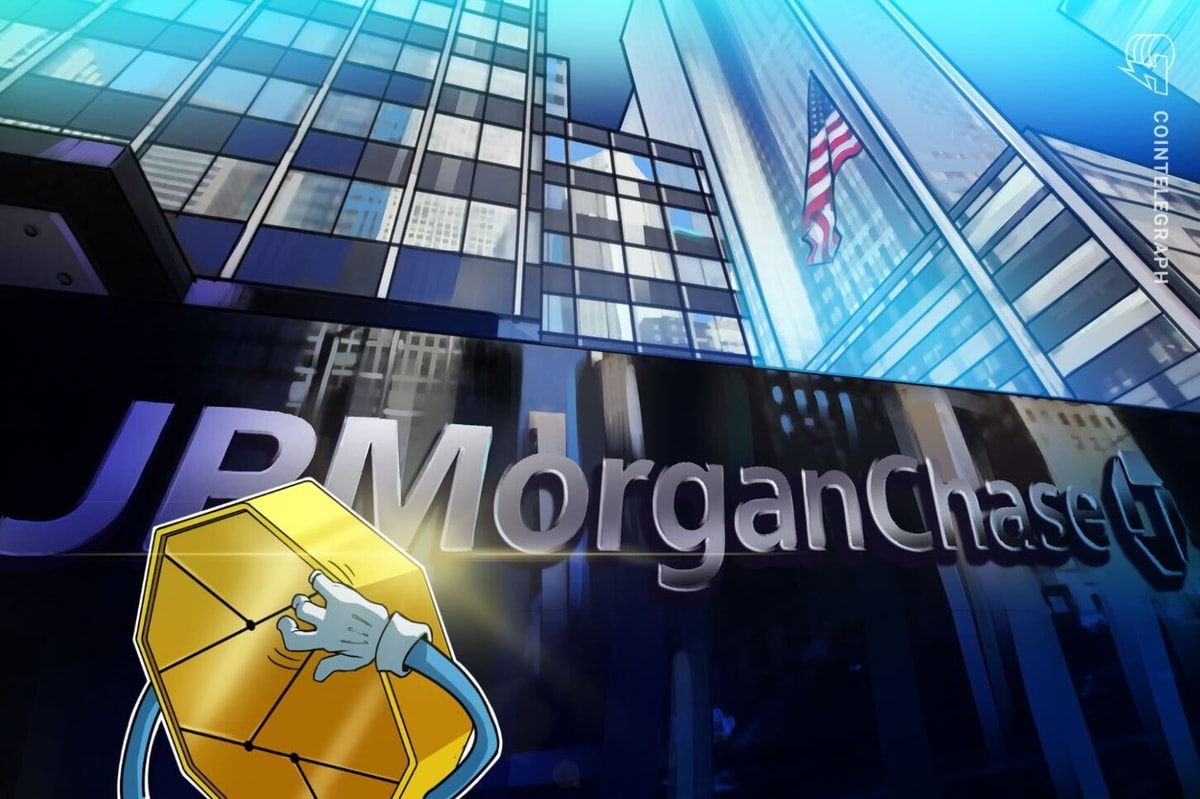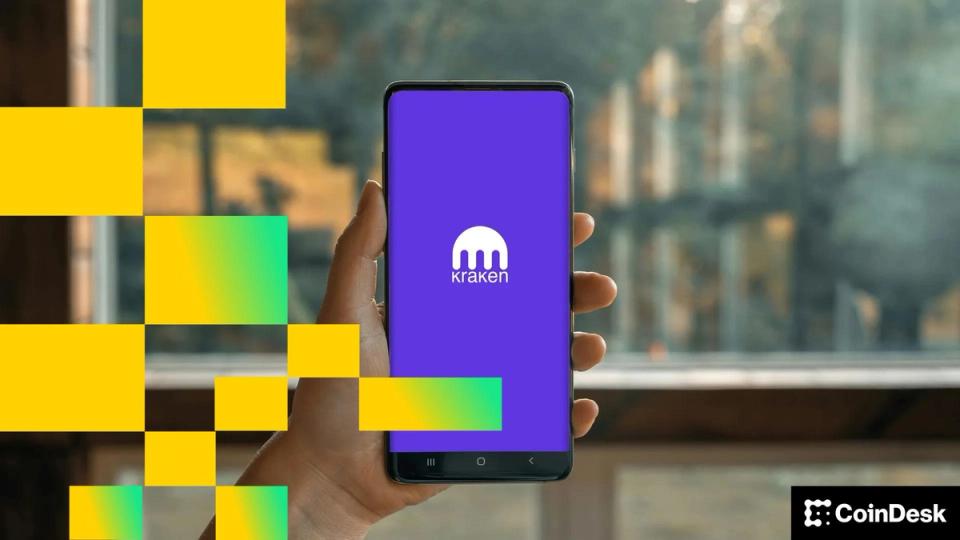
content, reviewed by leading industry experts and seasoned editors. Ad Disclosure
DBS and Kinexys by JPMorgan are working on a plan to let tokenized bank deposits move between their on-chain systems. The goal is to let customers of the two banks send and receive deposit tokens around the clock, and to make those tokens usable on both permissioned ledgers and public blockchains like Base.
The effort aims to make tokens issued by one bank redeemable through the other bank’s service.
JPMorgan-DBS Team-Up: Interbank Token Flow Becomes A Practical Test
According to an announcement, the project will link DBS Token Services with Kinexys Digital Payments so institutional clients can transfer tokenized deposits and settle in real time.
For example, a JPMorgan institutional client might pay a DBS client using JPMorgan Deposit Tokens (JPMD) on the Base public blockchain, and the recipient could then redeem or exchange that token through DBS.
Both banks already offer 24/7 liquidity and instant settlement inside their own networks. This work is meant to let those benefits cross bank boundaries.
 Source: DBS
Source: DBS
What The Banks Say About Risks And Reach
Rachel Chew, Group Chief Operating Officer and Head of Digital Currencies at DBS Bank, said the move is meant to reduce fragmentation and expand the usefulness of tokenised money for businesses.
Naveen Mallela, Global Co-Head of Kinexys, said the banks are building infrastructure so institutional clients can use tokenised deposits while keeping legal and safety checks in place. Based on reports, the banks plan to combine technical and legal steps to make transfers dependable.
Technical Hurdles And Legal Questions
Moving money between different blockchains needs to be done carefully, analysts said. The transfer has to be final, and ownership has to be clear. Identity checks and rules also have to be followed when using public networks. DBS and Kinexys are building the system so that sending tokens between banks is safe, simple, and follows the rules.
Pilot First, Broad Rollout Later
Work like this usually begins with pilots on a small set of networks and narrow use cases, then scales if the tests go well. Reports note that this kind of cross-issuer approach by JPMorgan and DBS could cut the need for private stablecoins in some institutional flows.
But banks will likely use controlled gateways and clear legal agreements rather than fully trustless bridges, since they must protect depositors and follow rules.
They’re Paying Attention
A 2024 survey by the Bank for International Settlements found that banks in almost one third of the countries surveyed have started, tested, or studied tokenized deposits. This shows that both regulators and banks are already paying attention.
Once DBS and Kinexys get their system running, other banks might follow with similar projects, which could change how and where companies move money across borders.
Featured image from Forage, chart from TradingView

Editorial Process for bitcoinist is centered on delivering thoroughly researched, accurate, and unbiased content. We uphold strict sourcing standards, and each page undergoes diligent review by our team of top technology experts and seasoned editors. This process ensures the integrity, relevance, and value of our content for our readers.
.png)




